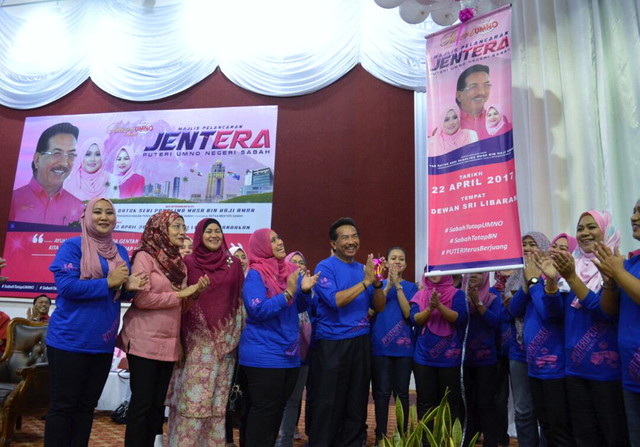Rapid Infrastructure Development Shows Govt's Focus On Rakyat

By Zarul Effendi Razali
KUALA LUMPUR, Oct 25 (Bernama) -- The rapid infrastructure development across the country at present has sent clear signals that the government remains focus in preparing for the future well-being of the rakyat.
Among the core infrastructure projects that the government is currently undertaking include the Mass Rapid Transit (MRT), Pan Borneo Highway, East Coast Rail Link (ECRL) and the Kuala Lumpur-Singapore High-Speed Rail (HSR).
MIDF Amanah Investment Bank Bhd Head of Research, Mohd Redza Abdul Rahman said these projects, scheduled for completion from 2022 onwards, were expected to provide plenty of benefits for the people in the future, both directly and indirectly.
"The (upcoming) infrastructure will (among others) reduce transportation cost of goods and this will result in closing the gaps in goods prices and availability of goods for the rural folks against urban dwellers," he told Bernama.
For example, the construction of the Pan Borneo Highway will provide good access to the rural areas, thus stimulating the economy in those places while encouraging the relocation of manufacturing plants from urban to rural areas where land cost is cheaper.
The project also provides jobs for the people and reduce migration to cities which are already plagued by issues related to the urban poor.
Mohd Redza said by stimulating the economic expansion along the routes that passed through all these projects would create demand for housing and other services such as commercial centres and amenities such as hospitals.
"This will enhance the quality of life of the people living along the transport routes," he added.
In the short term, he explained that the construction works would provide employment to the locals, not only as labourers but also other professional jobs such as engineers, while in the long term, the development of new townships would subsequently spur other job opportunities for its inhabitants.
Slated for completion in 2023, the 706-kilometre (km) Pan Borneo Highway will, among others, be upgraded from a two-lane dual carriageway to four-lane and include a bypass, hence shortening the time and distance of travel.
The highway enables access to many areas and boost mobility while enhancing economic sectors such as construction and tourism.
Meanwhile, the ECRL is another initiative to improve connectivity, this time between the west and east coasts of Peninsular Malaysia, and is expected to create a total of 111,000 jobs by 2060.
The 688-km rail project will cut travel time between the east and west of the peninsula to four hours from 12 hours currently, hence significantly reducing travel costs.
As for the HSR, Mohd Redza said the short travel time would allow people staying hundreds of kilometres away from Kuala Lumpur or Singapore to work in these cities while living in a relatively ?lower cost of living? towns at or around the stations.
The HSR project aims to facilitate seamless travel between ASEAN\'s two leading capital cities, enhance business linkages and catalyse the development of towns and cities along the rail line, creating valuable economic multipliers.
The HSR, which will have terminals in Kuala Lumpur's Bandar Malaysia and Singapore's Jurong East, is slated to commence operations on Dec 31, 2026 and expected to cut travel time between two cities to 90 minutes.
"As for the MRT, (we could) expect the emergence of transport-oriented development projects...near the MRT stations. Whilst mostly dominated by high-rise developments, it will certainly attract cheaper price levels.
"As can be seen in the National Property Information Centre (NAPIC) numbers, there is an increase in transactions for apartment/condominiums at the price level of between RM500,000 and RM1 million," he said.
By building the developments closer to the stations and far away from the city centre, he said people could expect a lower price point for housing, enabling the people to buy houses at affordable prices.
The MRT project saw the full launch of its Line 1 (Sungai Buloh - Kajang) in 2017, with Line 2 (Sungai Buloh-Serdang-Kajang-Putrajaya) scheduled to be completed by 2022.
As of August this year, 7.4 million passengers have used the MRT since it began operations in December 2016, reducing traffic on city roads by up to 22 per cent so far.
The MRT is expected to create employment opportunities for an estimated 130,000 people which in turn will generate a Gross National Income of between RM3 billion and RM4 billion per annum from construction and operations alone between 2011 and 2020.
Mohd Redza pointed out that these infrastructure projects would facilitate development in rural areas, alleviate congestion in big cities and migration of people from rural to urban areas, thus reducing income gaps between the rural and urban dwellers.
-- BERNAMA









